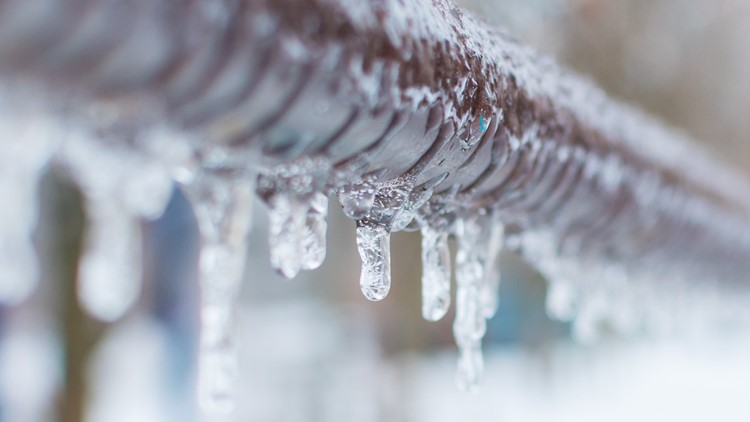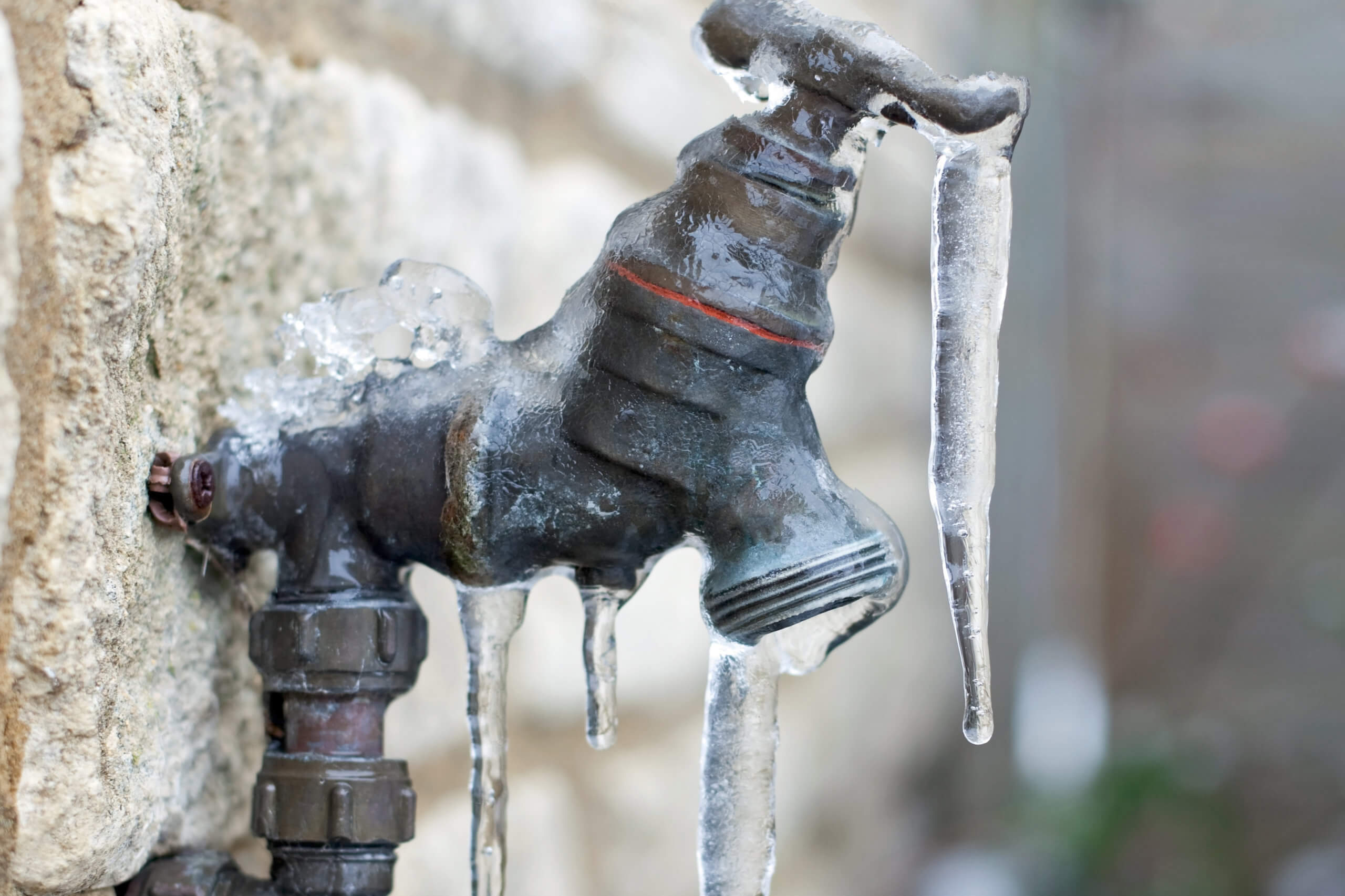Important Advice to Prevent Frozen Plumbing in Cold Weather: Expert Insights
Important Advice to Prevent Frozen Plumbing in Cold Weather: Expert Insights
Blog Article
In this article underneath you might get lots of good quality points when it comes to How to prepare your home plumbing for winter weather.

Winter can wreak havoc on your plumbing, particularly by freezing pipes. Right here's exactly how to avoid it from occurring and what to do if it does.
Introduction
As temperatures drop, the threat of icy pipelines boosts, possibly causing expensive repair work and water damages. Recognizing exactly how to prevent frozen pipes is important for house owners in chilly climates.
Avoidance Tips
Shielding vulnerable pipelines
Cover pipes in insulation sleeves or utilize warmth tape to shield them from freezing temperatures. Concentrate on pipes in unheated or outside areas of the home.
Heating techniques
Keep indoor rooms properly warmed, especially areas with plumbing. Open up closet doors to allow cozy air to flow around pipelines under sinks.
Just how to determine icy pipes
Look for reduced water circulation from taps, unusual odors or noises from pipelines, and visible frost on revealed pipelines.
Long-Term Solutions
Architectural changes
Consider rerouting pipes away from outside walls or unheated areas. Add added insulation to attics, cellars, and crawl spaces.
Upgrading insulation
Purchase top notch insulation for pipelines, attic rooms, and walls. Proper insulation assists preserve constant temperatures and decreases the danger of frozen pipes.
Shielding Outside Plumbing
Garden hoses and outside taps
Disconnect and drain yard hose pipes prior to winter season. Set up frost-proof spigots or cover outside faucets with insulated caps.
Recognizing Icy Pipes
What causes pipes to ice up?
Pipelines ice up when exposed to temperatures listed below 32 ° F (0 ° C) for expanded periods. As water inside the pipes freezes, it expands, putting pressure on the pipeline walls and potentially creating them to break.
Risks and damages
Icy pipelines can bring about water system interruptions, building damages, and costly repair services. Burst pipelines can flood homes and cause comprehensive architectural damage.
Signs of Frozen Pipeline
Recognizing frozen pipes early can stop them from bursting.
What to Do If Your Pipelines Freeze
Immediate activities to take
If you suspect frozen pipes, keep taps open to alleviate stress as the ice thaws. Utilize a hairdryer or towels taken in hot water to thaw pipes slowly.
Final thought
Avoiding frozen pipelines calls for aggressive actions and quick feedbacks. By comprehending the causes, indications, and safety nets, homeowners can secure their plumbing during winter.
6 Proven Ways to Prevent Frozen Pipes and Protect Your Home
Disconnect and Drain Garden Hoses
Before winter arrives, start by disconnecting your garden hoses and draining any remaining water. Close the shut-off valves that supply outdoor hose bibs and leave the outdoor faucet open to allow any residual water to drain. For extra protection, consider using faucet covers throughout the colder months. It’s also important to drain water from any sprinkler supply lines following the manufacturer’s directions.
Insulate Exposed Pipes
Insulating your pipes is an effective way to prevent freezing. Pipe insulation is readily available at home improvement stores and is relatively inexpensive. Pay close attention to pipes in unheated areas such as the attic, basement, crawl spaces, or garage. Apply foam insulation generously to create a buffer against the cold. You can also wrap your pipes in heat tape or thermostat-controlled heat cables for added warmth.
Seal Air Leaks
Inspect your home for any cracks or openings that could let in cold air. Seal any holes around the piping in interior or exterior walls, as well as the sill plates where your home rests on its foundation. Additionally, make sure to keep your garage door closed unless you’re entering or exiting. Leaving it open creates a significant air leak that can lead to frozen pipes.
Allow Warm Air Circulation
During cold snaps, it’s essential to allow warm air to circulate evenly throughout your home. Leave interior doors ajar to promote better airflow. Open kitchen and bathroom cabinets to help distribute heat consistently around the rooms. If you have small children or pets, be sure to remove any household chemicals or potentially harmful cleaners from open cabinets for safety.
Let Faucets Drip
A small trickle of water can make a big difference in preventing ice formation inside your pipes. When temperatures drop significantly, start a drip of water from all faucets served by exposed pipes. This continuous flow helps prevent the water from freezing. Additionally, running a few faucets slightly can relieve pressure inside the pipes, reducing the chances of a rupture if the water inside does freeze.
https://choateshvac.com/6-proven-ways-to-prevent-frozen-pipes-and-protect-your-home/

Do you like more info about How to prepare your home plumbing for winter weather? Post a short review down below. We will be glad to find out your suggestions about this blog. We hope that you come back again later on. Liked our write up? Please quickly share it. Let others locate it. Thank you for taking the time to read it.
Go Deal Now Report this page